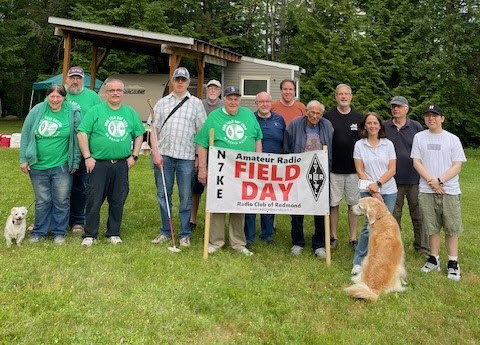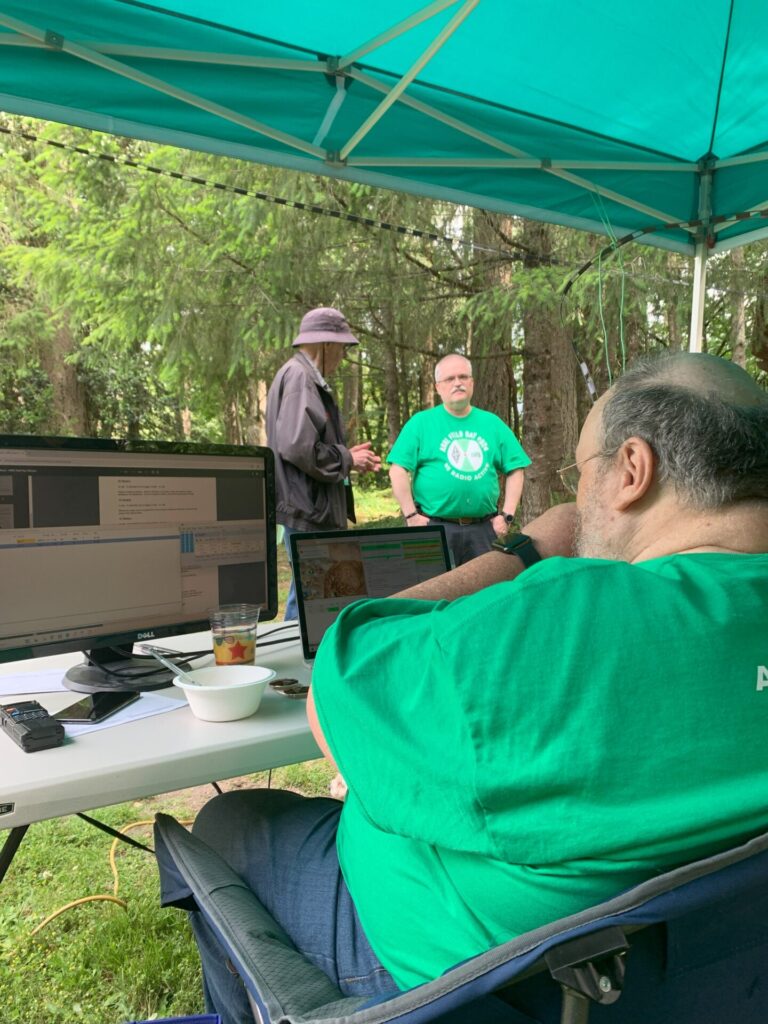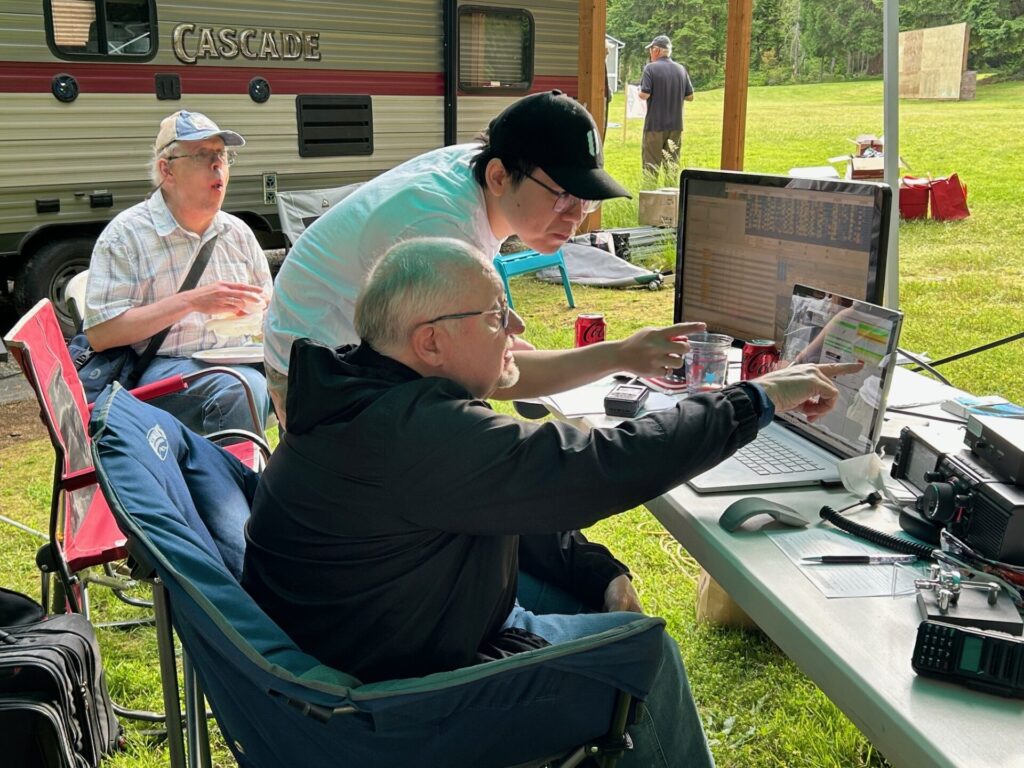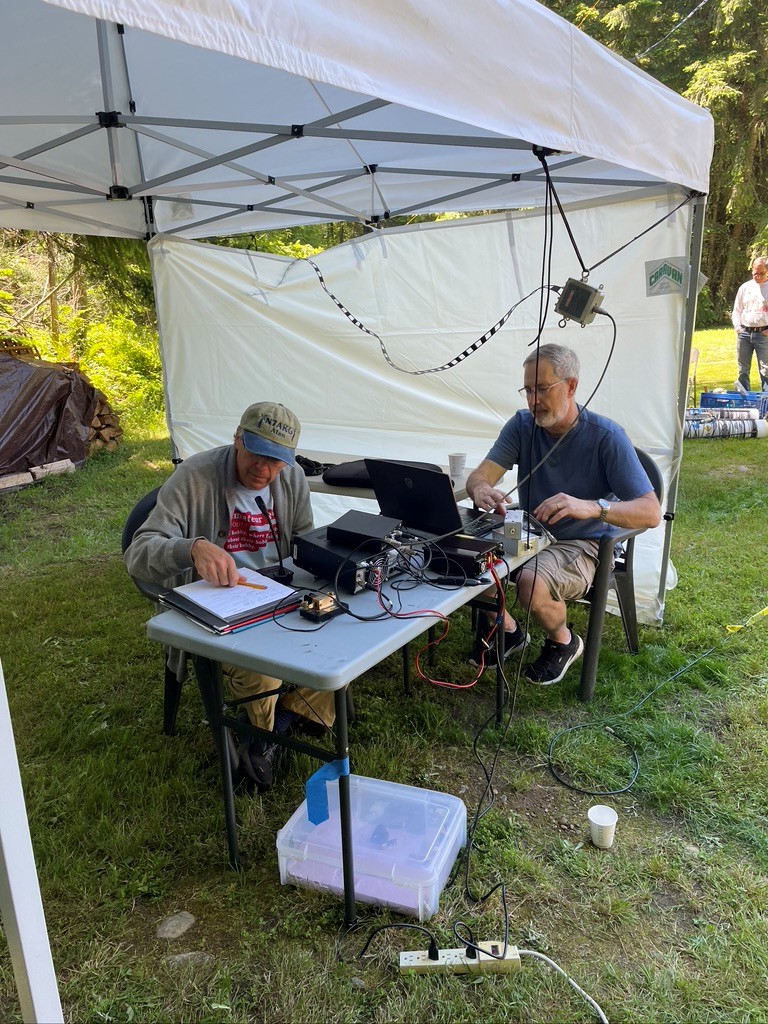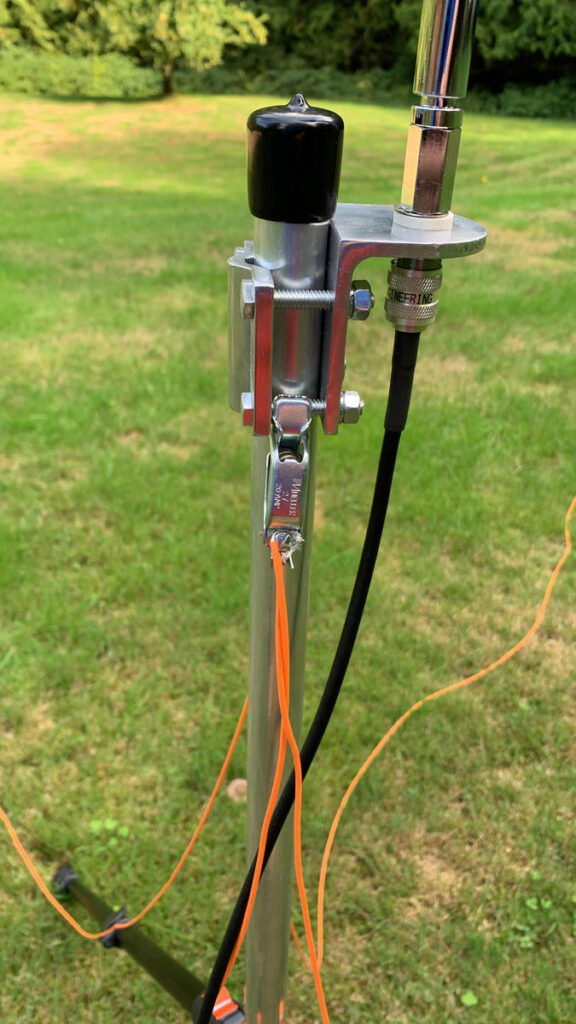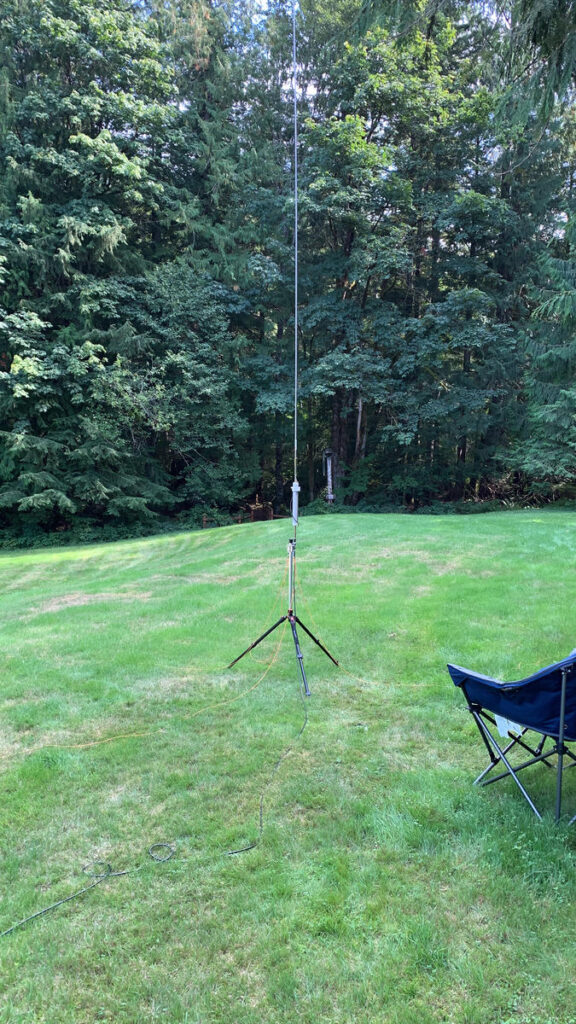Each year on the fourth weekend of June, thousands of amateur radio operators across the United States and Canada gather for an event known as ARRL Field Day. At first glance, it may appear to be a large-scale outdoor hobby meetup, complete with antennas in parks and makeshift radio stations under tents. But Field Day is far more than a social event; it’s a celebration of public service, technical skill, and community engagement.
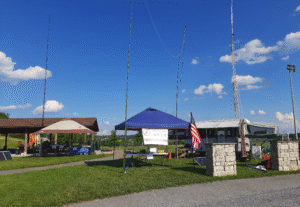
A Brief History
Field Day dates back to 1933 and is sponsored by the American Radio Relay League (ARRL), the national association for amateur radio in the U.S. Originally conceived as a way to test emergency communications capabilities, Field Day has grown into the largest single amateur radio event in North America. Today, it’s part emergency preparedness drill, part contest, and part public demonstration.
Why Field Day Matters
At its core, Field Day is about readiness. When natural disasters strike and traditional communications networks fail, amateur radio operators—also known as “hams”—are often among the first to reestablish lines of communication. Field Day gives hams a chance to practice setting up equipment in less-than-ideal conditions: outdoors, off the grid, and sometimes in adverse weather.
But Field Day is also about outreach. Many groups set up in public spaces and welcome visitors with informational displays and opportunities to get on the air. It’s not uncommon to see children speaking into a radio microphone for the first time, their voices carried across the country or even around the world.
What You Might See at a Field Day Site
A typical Field Day setup can vary widely depending on the size and ambitions of the group, but a few elements are common:
- – Temporary antennas: wire dipoles, verticals, or directional arrays
- – Generators and battery systems for off-grid power
- – Operating stations with transceivers and logging equipment
- – Signage and public information displays
Some Field Day locations are modest, with just a single radio and a few chairs. Others resemble small encampments, complete with food tents, overnight camping, and schedules covering 24 hours of continuous operation.
Getting Involved
For new operators or curious members of the public, Field Day is an open door into the world of amateur radio. Whether you’re interested in electronics, emergency services, or global communication, there’s a place for you at the table. Just follow the sound of the antennas—and the people who love using them to connect.
For Field Day 2025, the Radio Club of Redmond and Lake Washington Ham Club are coming together for a combined Field Day effort. You can find more information about this event on this site, including places where you can sign up to help in many different ways. Just follow the menus to the Field Day ’25 section of the website.
The Social and Technical Side
Field Day isn’t just about making radio contacts; it’s also a gathering of people who share a passion for communication. Clubs often turn the event into a picnic or overnight campout, complete with potlucks and camaraderie. For some, it’s a highlight of the amateur radio calendar—a time to reconnect with friends, try out new gear, and mentor newcomers.
On the technical side, Field Day provides a real-world laboratory. Operators experiment with different antennas, test solar panels and power inverters, and hone their operating skills under pressure. The event encourages innovation, with points awarded for things like message handling, satellite contacts, and using low-power modes like Morse code or digital.
More Than a Contest
Although Field Day includes a competitive element—stations earn points for each successful contact made during the 24-hour operating window—it’s not just about winning. There are no prizes beyond bragging rights, and the true reward is the experience: setting up a station from scratch, communicating with distant operators, and demonstrating the resilience of amateur radio.
For many, Field Day is their first hands-on exposure to ham radio beyond the books and licensing exams. It’s a chance to learn, to teach, and to enjoy the magic of radio waves bridging vast distances without relying on modern infrastructure.
Whether you come to operate, observe, or just enjoy the atmosphere, Field Day offers a unique window into a world where technology and community intersect—all powered by a shared love for radio.
*Photos courtesy of participating amateur radio clubs.*
Learn More
You can find information about Field day at the ARRL website, as well as other pages on this website:

